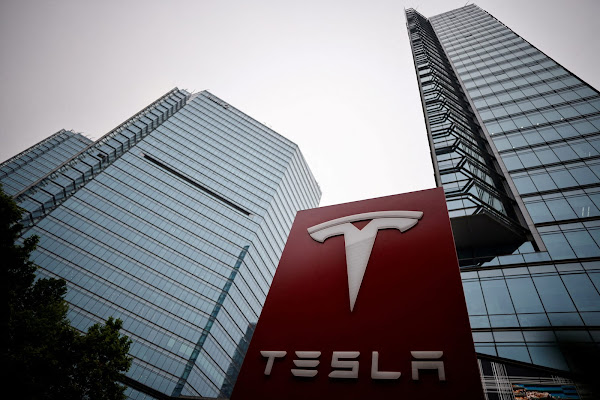Tesla years ago began exaggerating its vehicles’ potential driving distance – by rigging their range-estimating software. The company decided about a decade ago, for marketing purposes, to write algorithms for its range meter that would show drivers “rosy” projections for the distance it could travel on a full battery, according to a person familiar with an early design of the software for its in-dash readouts.
Then, when the battery fell below 50% of its maximum charge, the algorithm would show drivers more realistic projections for their remaining driving range, this person said. To prevent drivers from getting stranded as their predicted range started declining more quickly, Teslas were designed with a “safety buffer”, allowing about 15 miles (24 km) of additional range even after the dash readout showed an empty battery, the source said.
The directive to present the optimistic range estimates came from Tesla Chief Executive Elon Musk, this person said.
Steve Stecklow & Norihiko Shirouzu
Elon wanted to show good range numbers when fully charged, the person said, adding:When you buy a car off the lot seeing 350-mile, 400-mile range, it makes you feel good.
I would totally trust this Musk guy to safely land people on Mars!

This Reuters article buries the lead to some extent by talking about Tesla suppressing customer complaints, when the bigger story is about the company misleading drivers about the projected range on a battery charge. People love to credit Musk with single-handedly creating the electric car market, but stunts like these designed to boost sales with inflated promises could damage public trust in electric vehicles and slow down their adoption.
All five Tesla models tested by Edmunds failed to achieve their advertised range, the website reported in February 2021. All but one of 10 other models from other manufacturers exceeded their advertised range.
Tesla complained to Edmunds that the test failed to account for the safety buffer programmed into Tesla’s in-dash range meters. So Edmunds did further testing, this time running the vehicles, as Tesla requested, past the point where their range meters indicated the batteries had run out.
Only two of six Teslas tested matched their advertised range, Edmunds reported in March 2021. The tests found no fixed safety buffer.
Edmunds has continued to test electric vehicles, using its own standard method, to see if they meet their advertised range estimates. As of July, no Tesla vehicle had, Elfalan said.
Post a Comment